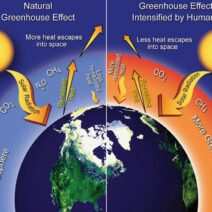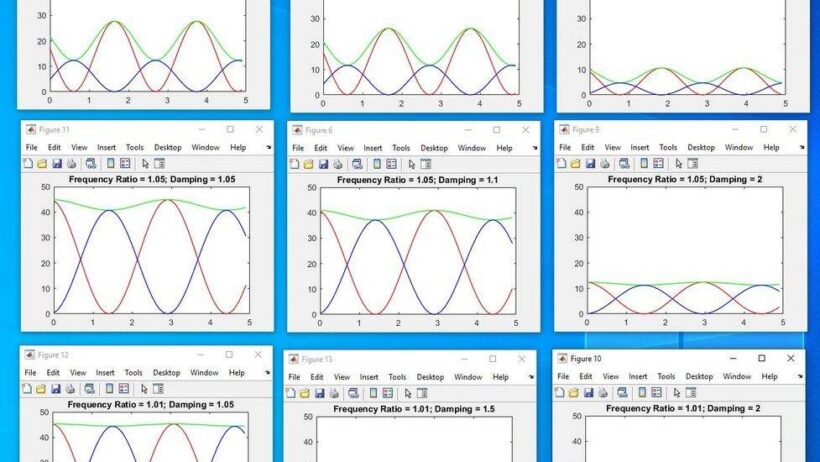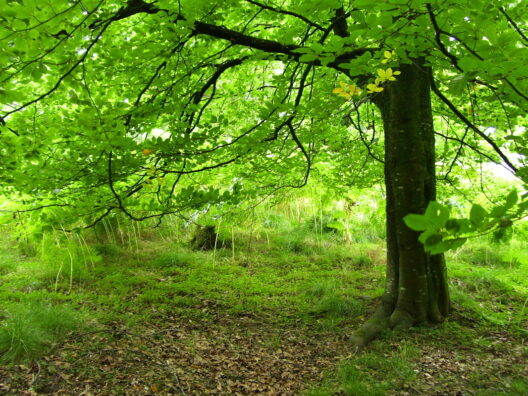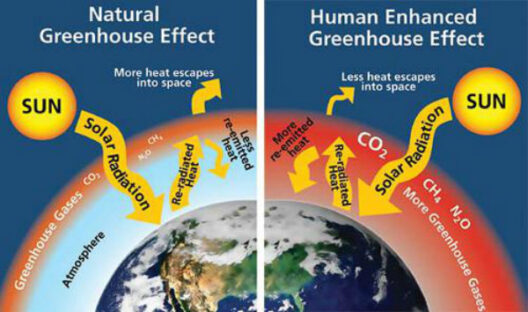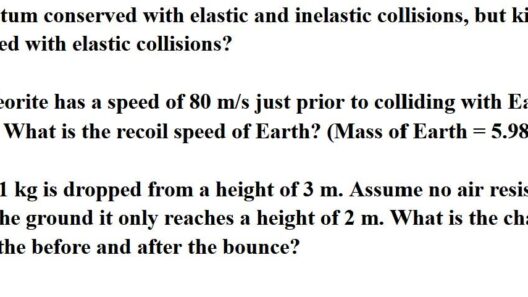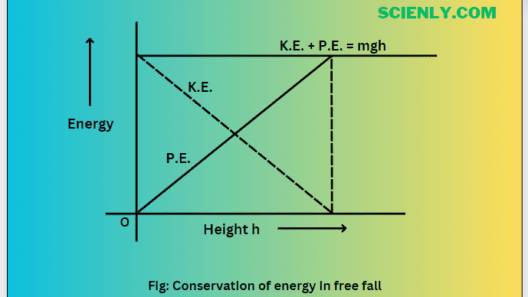In the intricate realms of physics, the interplay between resonance and energy conservation captivates the imagination, challenging conventional perceptions of physical systems. At first glance, resonance appears as a mere acoustic phenomenon, observable when a system vibrates at its natural frequency. However, upon delving deeper into the mechanics of resonance, one may uncover a profound relationship that exists between resonance, energy absorption, and the laws of conservation. This exploration ventures into the enigmatic questions: Does resonance disrupt the conservation of energy in physical systems, or does it merely illustrate a complex manifestation of it?
The concept of resonance encompasses a spectrum of physical phenomena beyond the simplistic bounds of musical tuning forks or swinging pendulums. It is a fundamental characteristic of systems ranging from molecular vibrations in chemistry to the oscillations in engineering structures. When an external force is applied at a frequency matching a system’s natural frequency, resonance is achieved, leading to a dramatic increase in amplitude. This sudden amplification raises an intriguing query: where does the energy manifest during this heightened state of oscillation?
Energy conservation is one of the pivotal principles underpinning classical physics, stating that energy cannot be created or destroyed; it can only be transformed from one form to another. This principle is enshrined in numerous scientific disciplines and is critical in understanding the mechanics of interactions within physical systems. Energy manifests in various forms—kinetic, potential, thermal, and electromagnetic, to name a few. With these established notions in tow, one could deduce that resonance, through its enhancement of oscillatory motion, does not transcend the law of energy conservation. Instead, it elucidates a transformative process where input energy is systematically redistributed within the system.
Let us consider the dynamics of a simple pendulum. When this system is subjected to a periodic driving force that resonates with its natural frequency, the pendulum absorbs energy from the external source. As it swings with increasing amplitude, the energy contained within the system oscillates between kinetic and potential forms. During this process, the total mechanical energy remains conserved, albeit temporarily reallocated between these two states, a dance of energy manifestation rather than a disruption. This illustrates that resonance operates within the boundaries set by energy conservation, rather than breaking them.
Expanding this notion further, one can observe resonance’s implications in various natural and mechanical systems. In structural engineering, for instance, buildings are designed to withstand the resonant frequencies induced by environmental forces, such as wind or seismic activity. An unrestrained resonance might lead to catastrophic structural failure, yet when properly managed, resonance is harnessed to amplify energy efficiency. Some systems utilize tuning mechanisms, often employing dampers or absorbers, to mitigate unwanted resonance effects while optimizing performance. It is in this artful manipulation where the full potential of resonance converges with the principles of energy conservation.
Electromagnetic resonance also elucidates the harmony between resonance and energy conservation. In circuits, particularly those employing inductors and capacitors, resonance occurs, allowing systems to oscillate indefinitely with minimal energy loss. Energy that characterizes these electromagnetic fields oscillates between the potential energy in capacitors and the kinetic energy in inductors, all while adhering strictly to the conservation principle. Here, energy transference is evident yet remains well within the conservation laws that govern physical systems.
The vital question, however, may transcend the binary of conservation versus disruption. Instead, it invites a broader contemplation of how we perceive energy dynamics in various physical models. With the burgeoning field of quantum mechanics, resonance takes on even more nuanced characteristics as phenomena like quantum entanglement redefine traditional frameworks of conservation. In quantum systems, the resonance phenomenon can lead to state transitions that seem to challenge the classic dogmas of conservation. Nevertheless, upon rigorous examination, these quantum resonances also comply with energy conservation, albeit in manners dictated by probabilistic interpretations rather than deterministic expectations.
The investigation of resonance as it applies to the conservation of energy opens the door to myriad implications across fields ranging from environmental science to engineering. In renewable energy systems, understanding resonance can lead to innovations that improve efficiency in solar cells or wind turbines, enabling optimal energy capture from their respective environments. By embracing resonance within these systems, scientists and engineers may enhance energy outputs without contravening the critical tenets of conservation, thus marrying technological progress with sustainable practices.
In conclusion, resonance serves not to disrupt the principles of energy conservation but rather to amplify the rich tapestry of interactions within physical systems. As we journey through these multifaceted realms of physics, an enhanced understanding of how resonance operates within the constraints of energy conservation invites curiosity and optimism for future discoveries. This exploration reinforces the elegance of physical laws, reminding us that the universe operates through intricate balances, where energy dynamically transforms yet remains immutable. In the spirit of inquiry, the promise of harnessing resonance in harmony with conservation principles encourages further investigation, offering insights into every phenomenon—from the minuscule dance of molecules to the grand oscillations of planetary bodies.
